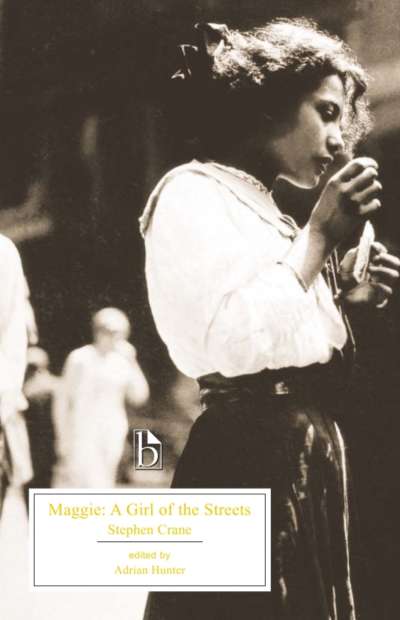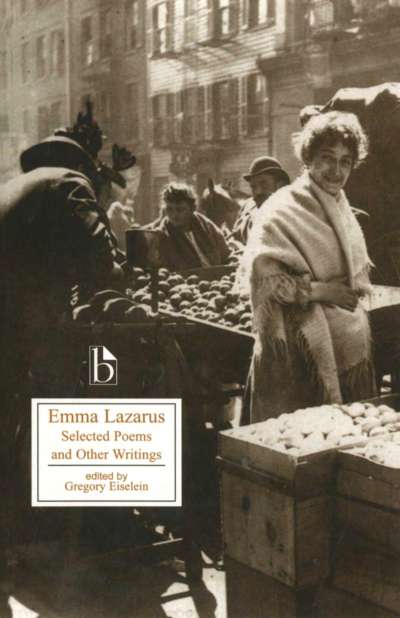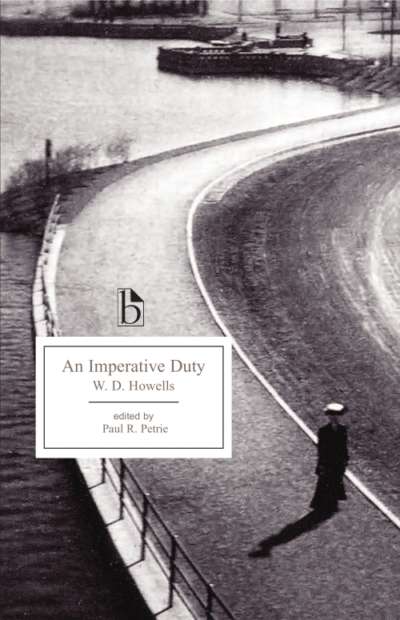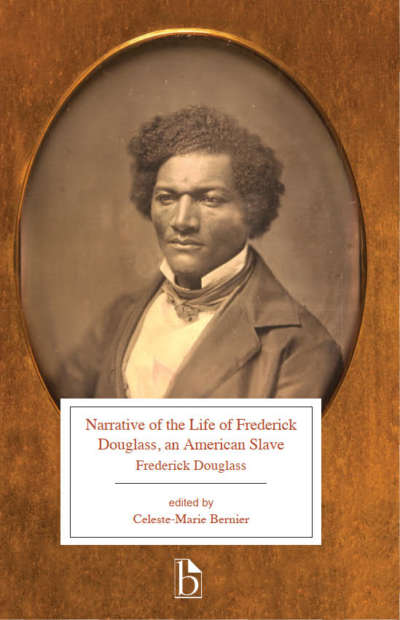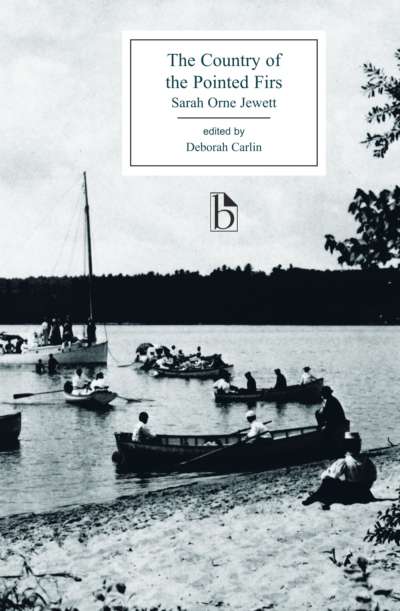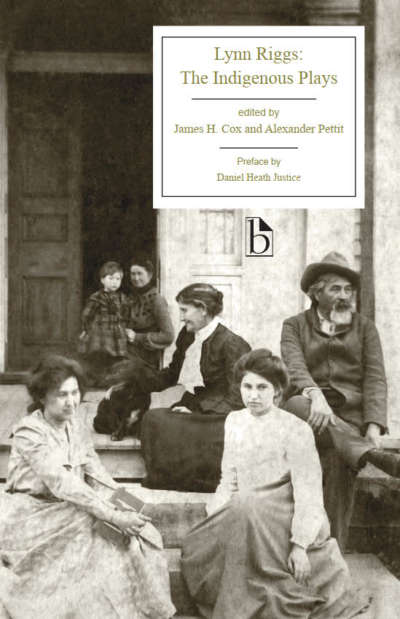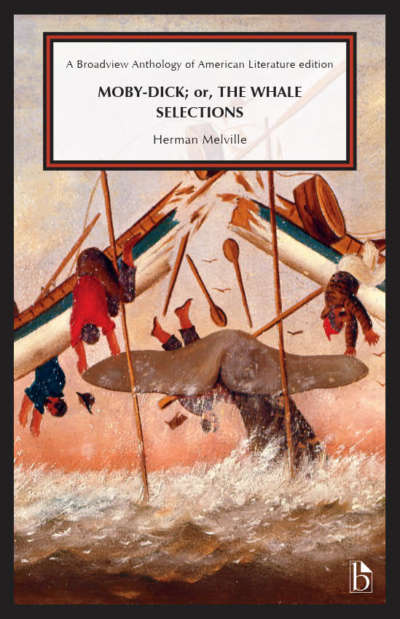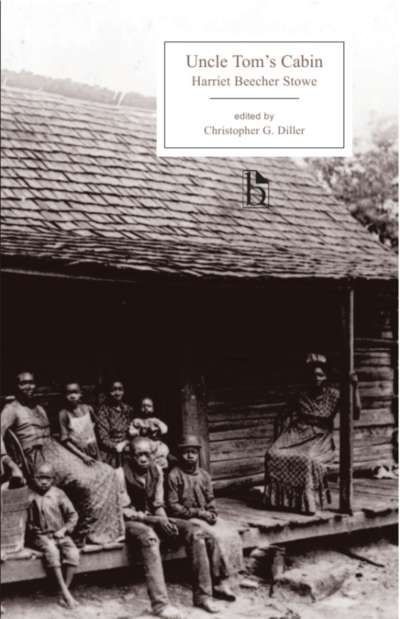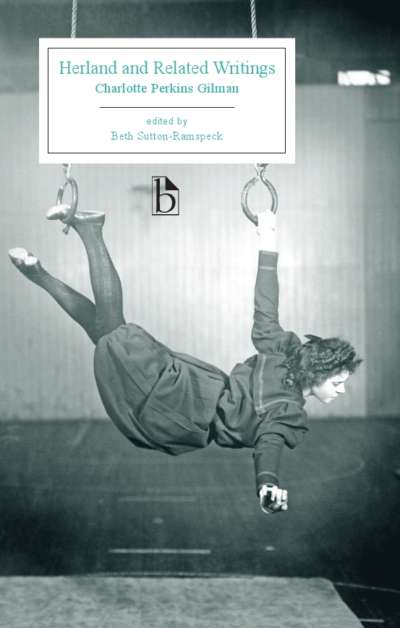
Ramona has often been compared to Uncle Tom’s Cabin for its influence on American social policy, and this is the only edition available that presents this important novel in its full historical context. A huge popular and critical success when it was first published in 1884, Ramona is set among the California Spanish missions and tells the story of the young mixed-blood heroine, Ramona, and her Native American lover Alessandro, as they flee from the brutal violence of white settlers.
This Broadview edition re-examines the novel’s legacy by placing it alongside public speeches, letters, and newspaper articles that promoted what was ultimately a damaging campaign by reformers to “assimilate” Native American peoples. Selections from Jackson’s non-fiction writings call into question the link between assimilationist policies and the story told in Ramona; also included are the writings and testimonies of some of Jackson’s Native American contemporaries, as well as a selection of travel essays and images that helped to create “the Ramona myth.”
Comments
“Siobhan Senier’s invaluable new edition effectively situates Ramona in its cultural, political, and historical contexts. The appendices assemble a riveting collection of documents, including texts on public opinion surrounding allotment and on women’s roles in Indian reform. Particularly valuable, the section on contemporary Native American voices restores historically silenced perspectives on the allotment and assimilation debates. The lucid, thoughtful introduction and the group of images related to the novel further enhance our ability to appreciate Jackson’s classic novel. Absorbing and challenging, Senier’s edition sets the standard.” — Karen L. Kilcup, University of North Carolina
“In this new edition, Siobhan Senier insightfully reads Ramona in its many modes: a vehicle to advocate for Indian rights; a reinscription, however strategic, of the most common stereotypes of Native peoples; a record of one activist who was wholly consumed with ‘the Indian question’; and a ‘sugar-coated’ narrative of the Mission era in Alta California. Senier deftly sets the stage for readers to grasp the myriad voices echoing in Ramona through her appendices of contemporary works by tribal and non-tribal authors of the time, reflecting current trends in Native American literary studies that seek to engage indigenous perspectives. With these materials in hand, readers are better poised than ever to comprehend the complexity and longevity of the legend of Ramona.” — Penelope Kelsey, Western Illinois University
“Siobhan Senier’s edition of Ramona finally gives this important American novel the critical attention that it deserves. Not only does Senier’s graceful introduction situate Ramona in relation to Jackson’s own activism on behalf of American Indian peoples and to the contentious historical climate of the late nineteenth-century, the included appendices provide ample context for multiple understandings of the novel and its historical moment. I could as easily teach this edition of Ramona in an American Indian rhetoric studies course as well as in a literature course. I am particularly impressed by how this serious scholarly contextualization works in relation to Senier’s equally serious consideration of the ‘Ramona myth’ and how that myth plays out in contemporary Californian culture.” — Malea Powell, Michigan State University


